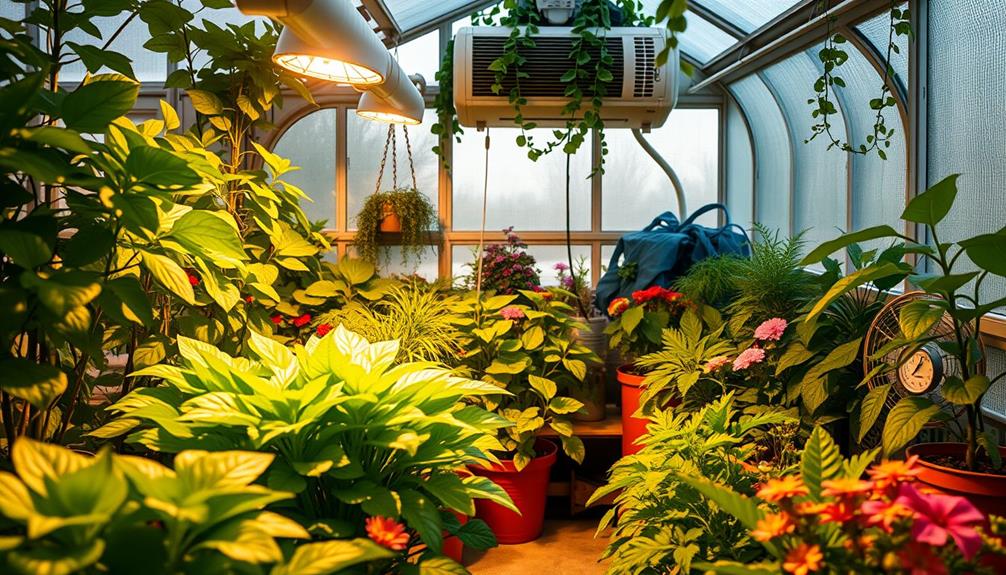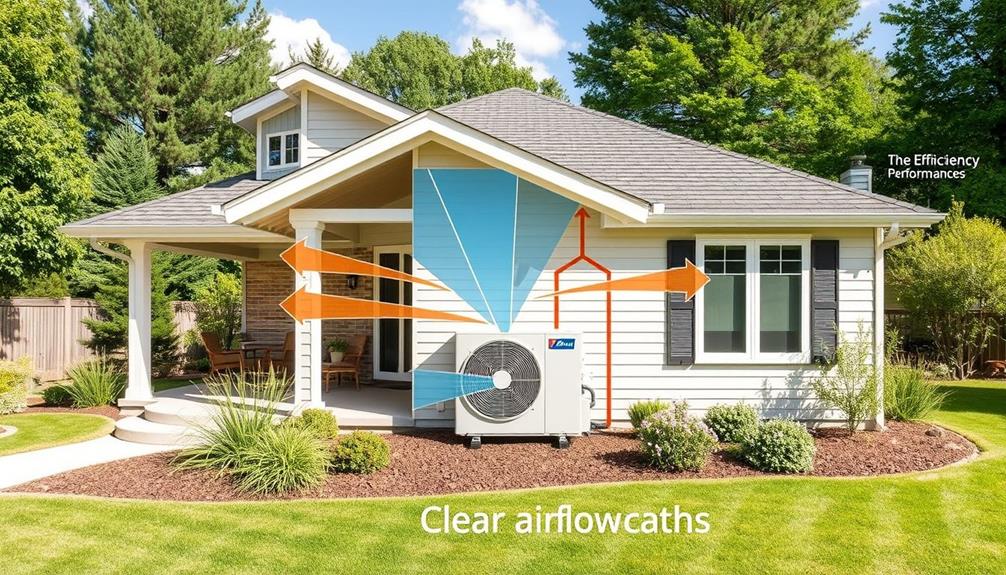Fed up with dealing with pump issues in your air conditioning system? Search no more!
In this 20-minute guide, we will equip you with the knowledge and skills to tackle common heat pump issues. From understanding components to troubleshooting electrical connections, we’ve got you covered.
Plus, we’ll share preventive maintenance tips to keep your heat pump running smoothly.
Get ready to become a pump problem-solving pro in no time!
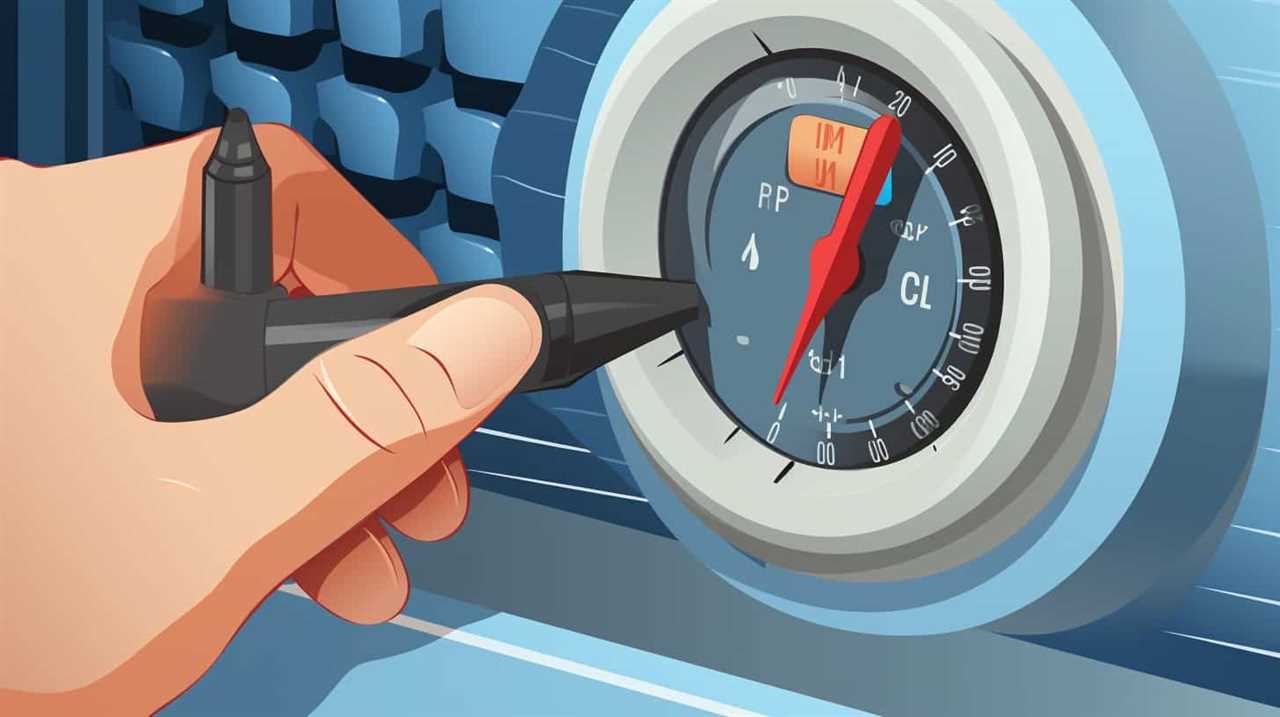
Key Takeaways
- Common heat pump issues include refrigerant leaks, faulty thermostats, dirty air filters, and malfunctioning compressors.
- Troubleshooting these issues involves checking power supply, electrical connections, refrigerant levels, and inspecting for dirt or debris buildup on the condenser coil.
- Airflow problems can be caused by clogged air filters, blocked ventilation ducts, and insufficient fan speed.
- Regular duct cleaning is important to prevent airflow obstructions, reduce dust and debris accumulation, and improve air quality.
Common Heat Pump Issues
We often encounter common heat pump issues that can affect the performance of our air conditioning systems.
Regular heat pump maintenance is crucial to avoid costly repairs and ensure efficient operation.
One common issue is a refrigerant leak, which can lead to insufficient cooling and increased energy consumption.
Another problem is a faulty thermostat, causing inaccurate temperature readings and improper functioning.
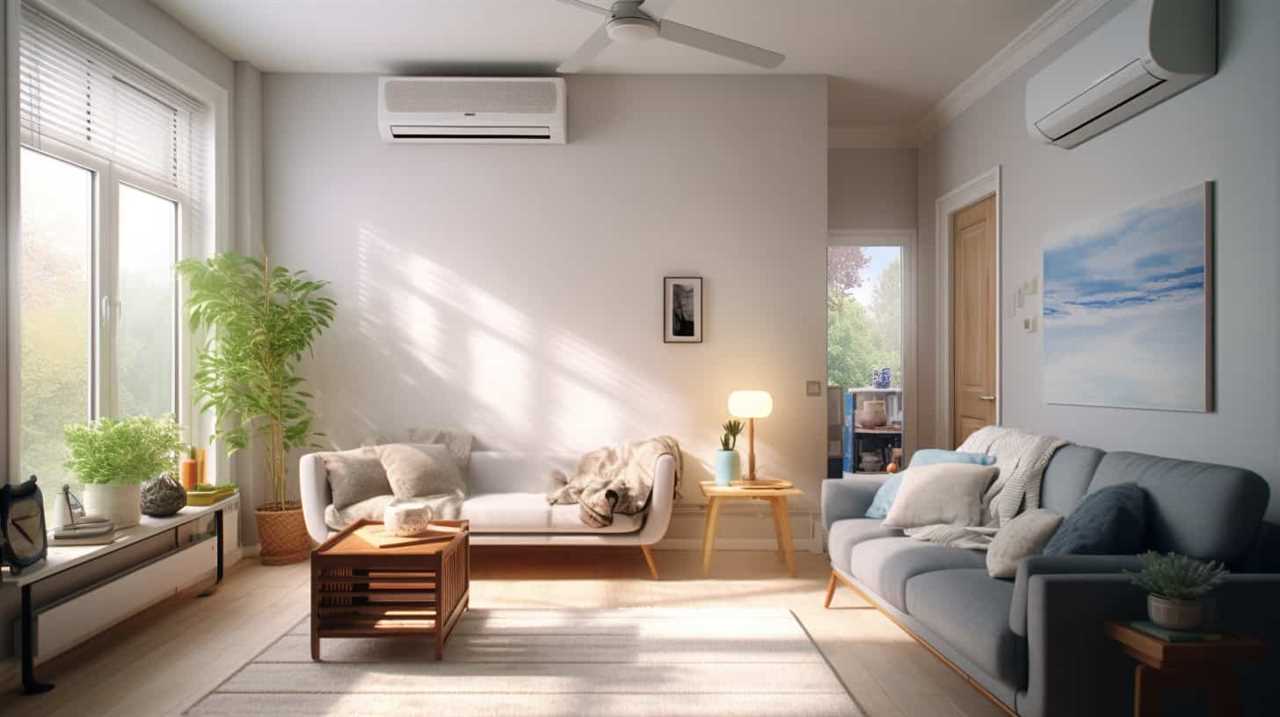
Dirty air filters can restrict airflow, resulting in reduced cooling capacity and increased strain on the system.
Additionally, a malfunctioning compressor can lead to poor heat transfer and decreased cooling effectiveness.
It’s important to address these issues promptly through professional heat pump repair to prevent further damage and maintain optimal system performance.
Regular maintenance checks can help identify and resolve these problems, keeping our air conditioning systems running smoothly.

Understanding Heat Pump Components
Now let’s take a closer look at the key components of a heat pump and their respective functions.
Understanding these components is crucial for troubleshooting common issues that may arise.
Key Pump Components
Understanding the key components of a heat pump is essential for troubleshooting and maintaining optimal performance. When it comes to key pump components, there are four main ones to consider:
-
Compressor: This component is responsible for circulating the refrigerant and compressing it to increase its temperature.
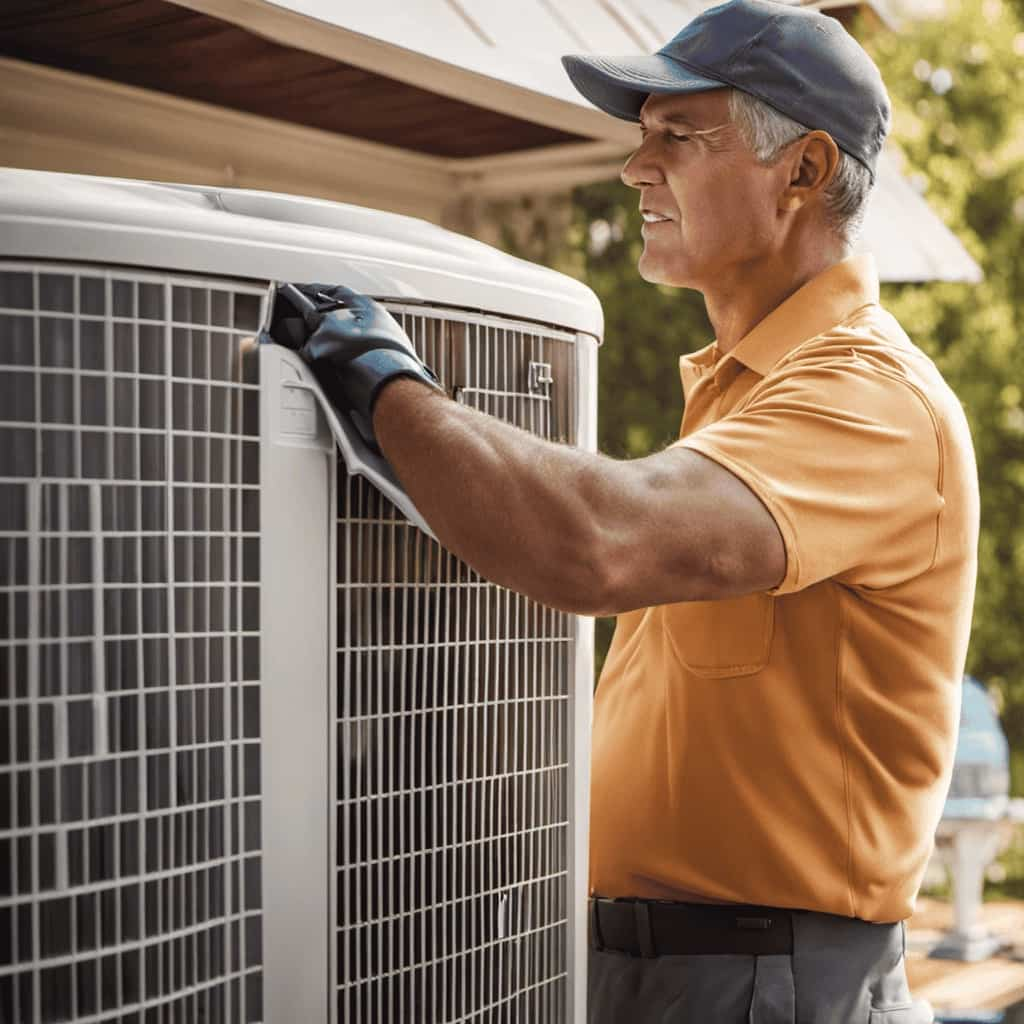
-
Condenser: The condenser is where the hot refrigerant releases heat to the outside air, causing it to condense into a liquid.
-
Expansion Valve: The expansion valve regulates the flow of refrigerant into the evaporator coil, where it evaporates and absorbs heat from the indoor air.
-
Evaporator Coil: This coil facilitates the heat exchange process by allowing the refrigerant to absorb heat from the indoor air and turn into a gas.
Function of Each Component
To fully understand how a heat pump operates, it is important to grasp the function of each component and how they work together. Let’s take a closer look at the key components and their roles in the heat pump system:
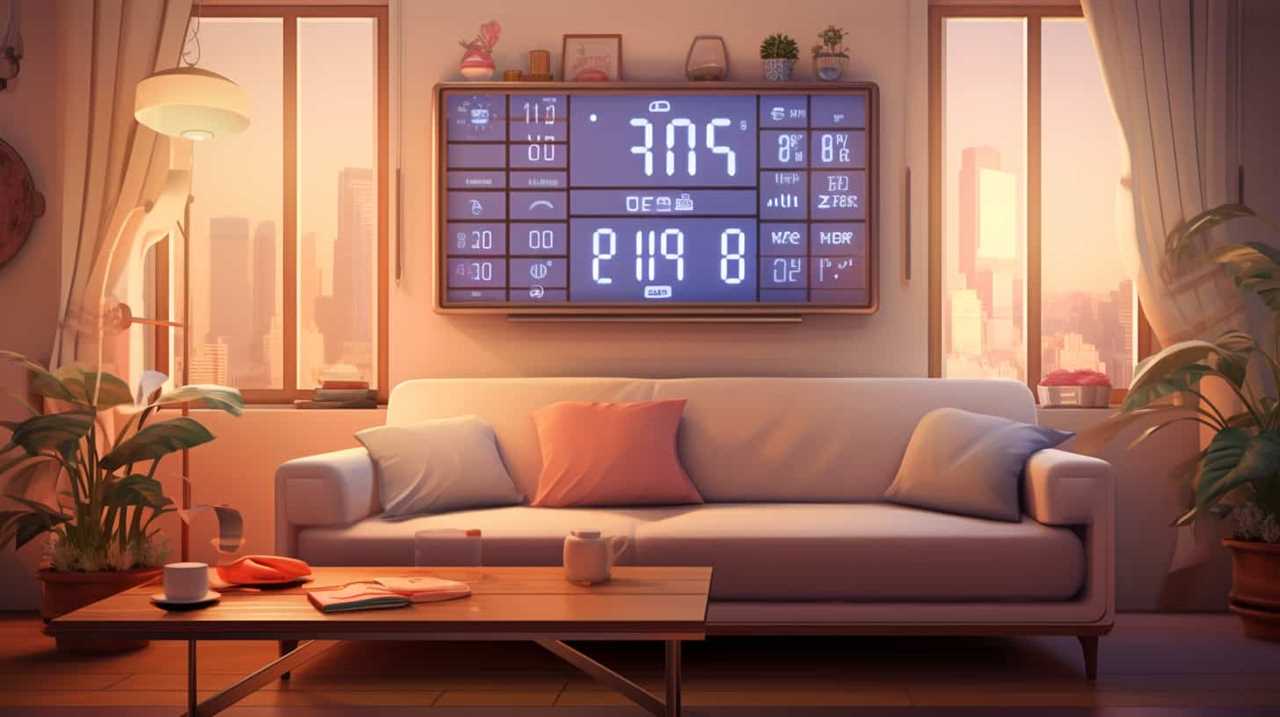
| Component | Function |
|---|---|
| Compressor | Increases the pressure and temperature of the refrigerant gas. |
| Condenser | Transfers heat from the refrigerant to the outdoor air. |
| Expansion Valve | Controls the flow of refrigerant and reduces its pressure. |
| Evaporator | Absorbs heat from the indoor air and cools it. |
| Reversing Valve | Reverses the refrigerant flow direction for heating or cooling. |
Troubleshooting techniques for heat pumps involve understanding how each component should function. By inspecting and testing each component, you can identify and resolve any issues that may arise. It is crucial to have a solid understanding of the component functions to effectively troubleshoot and maintain a heat pump system.
Troubleshooting Common Issues
We can troubleshoot common issues with heat pumps by understanding the functions of each component and how they work together.
When assessing compressor issues, there are several factors to consider. First, check if the compressor is receiving power and if the electrical connections are secure. Next, examine the refrigerant levels and ensure they’re within the recommended range. Additionally, check for any signs of oil leakage or excessive noise coming from the compressor.
Troubleshooting condenser problems involves inspecting the condenser coil for dirt or debris buildup, which can obstruct airflow. Clean the coil if necessary and ensure that the fan motor is functioning properly.
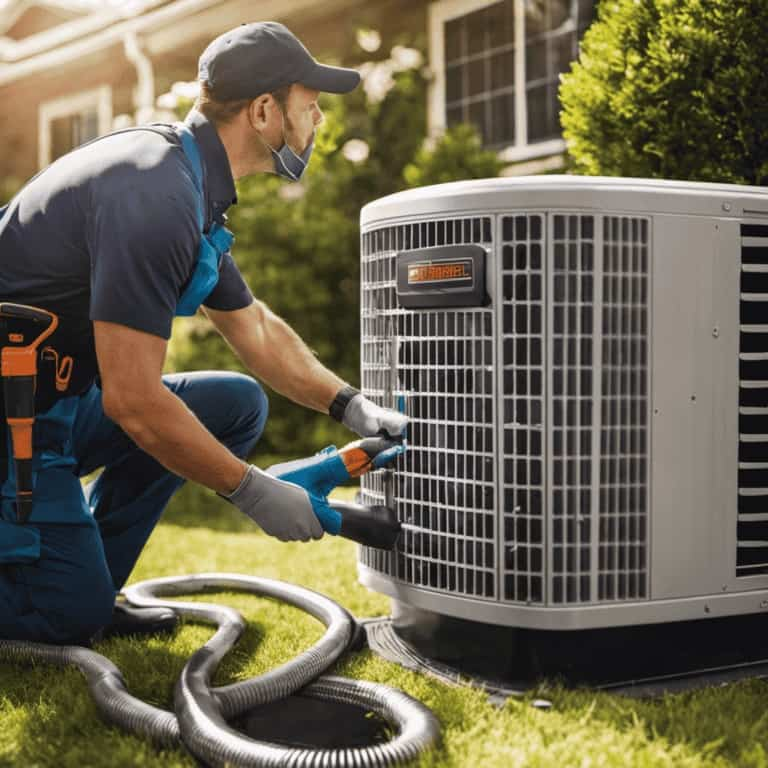
Lastly, check the condenser unit for any signs of damage or wear and tear. By following these steps, we can effectively troubleshoot common heat pump issues and provide efficient solutions to our customers.
Assessing Airflow Problems
When it comes to assessing airflow problems in an air conditioning system, there are a few key points to consider.
First, clogged air filters can restrict the flow of air, leading to decreased cooling efficiency.
Second, blocked ventilation ducts can prevent proper airflow throughout the system, causing uneven cooling and potential damage to the equipment.
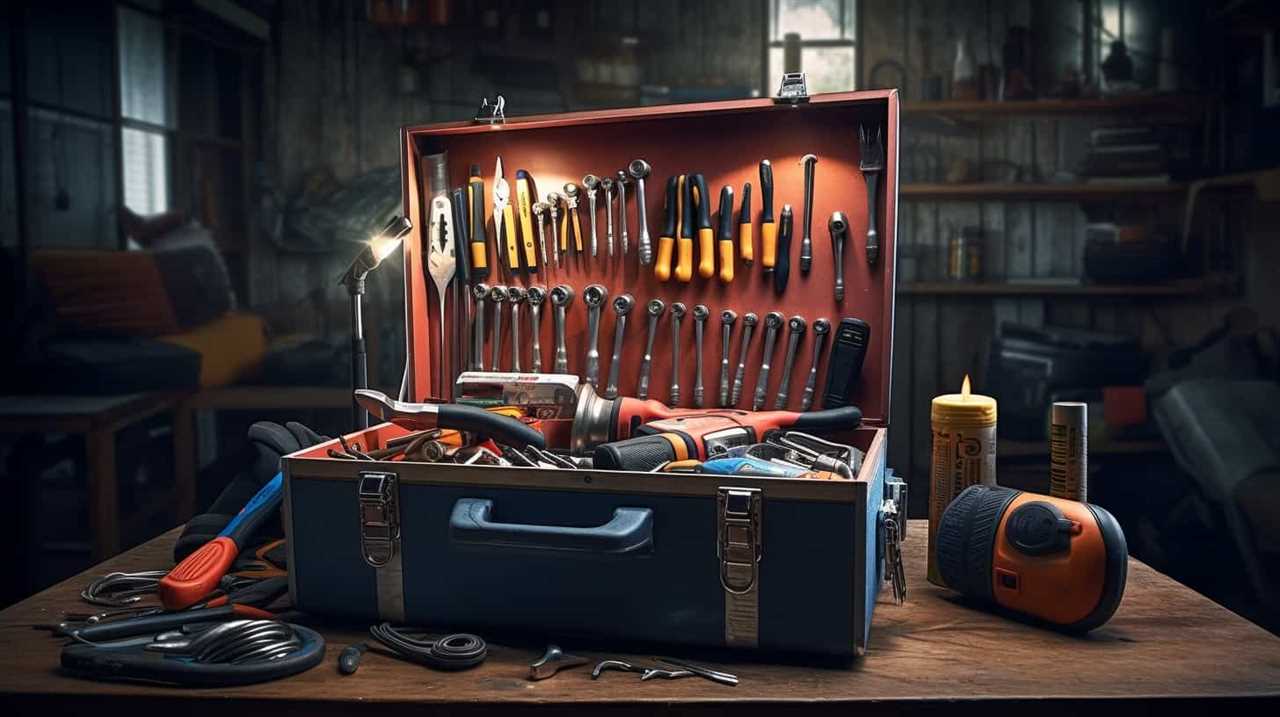
Lastly, insufficient fan speed can result in reduced airflow and inadequate cooling.
Clogged Air Filters
The clogged air filters can significantly impact the airflow in our air conditioning system. When air filters become dirty, they obstruct the flow of air, causing reduced airflow and decreased cooling efficiency.
Here are a few key factors to consider when assessing airflow problems caused by clogged air filters:
-
Dirty Coils: Over time, dust and debris can accumulate on the coils of the air conditioning unit. This buildup restricts the airflow, making it harder for the system to cool the air effectively.
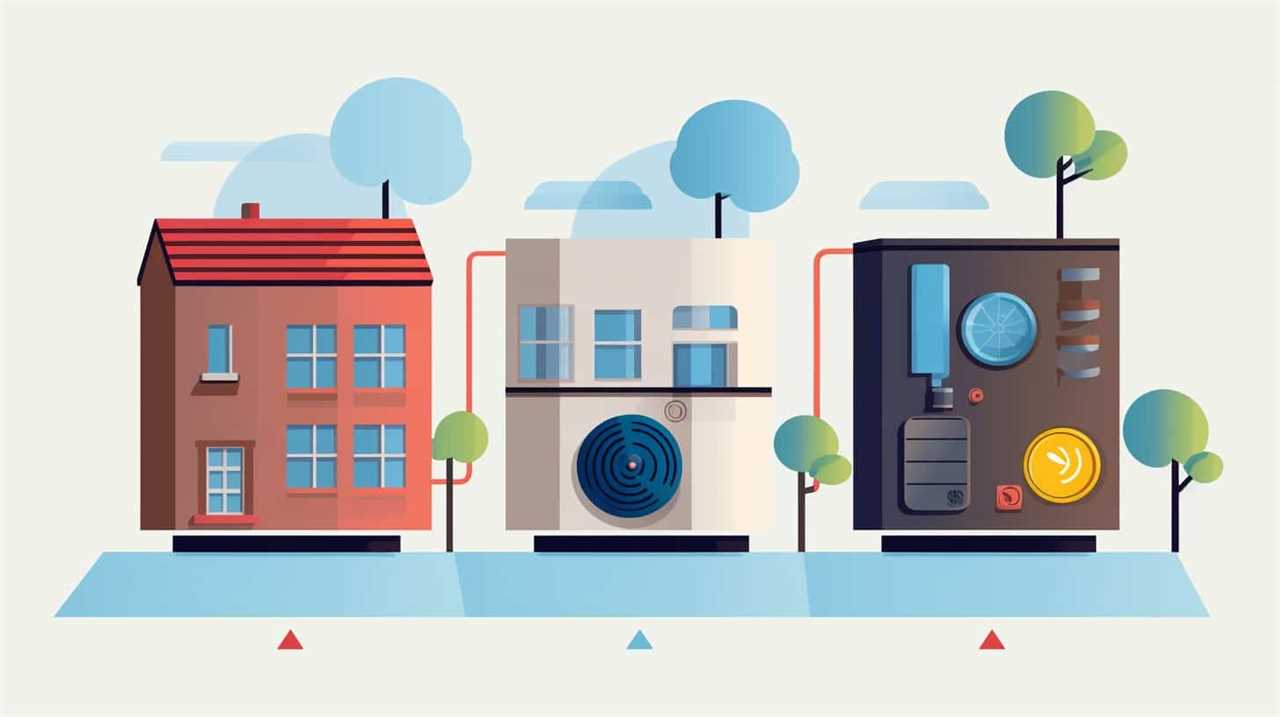
-
Condensation Buildup: Clogged air filters can lead to excessive condensation buildup on the coils. This moisture can further obstruct the airflow and potentially cause damage to the system.
-
Reduced Efficiency: When the airflow is restricted, the air conditioning unit has to work harder to cool the air, resulting in increased energy consumption and higher utility bills.
-
Indoor Air Quality: Clogged air filters can also lead to poor indoor air quality, as they’re unable to effectively filter out dust, allergens, and other pollutants.
With clogged air filters impacting both the efficiency of our system and the quality of the air we breathe, it’s crucial to address this issue promptly.
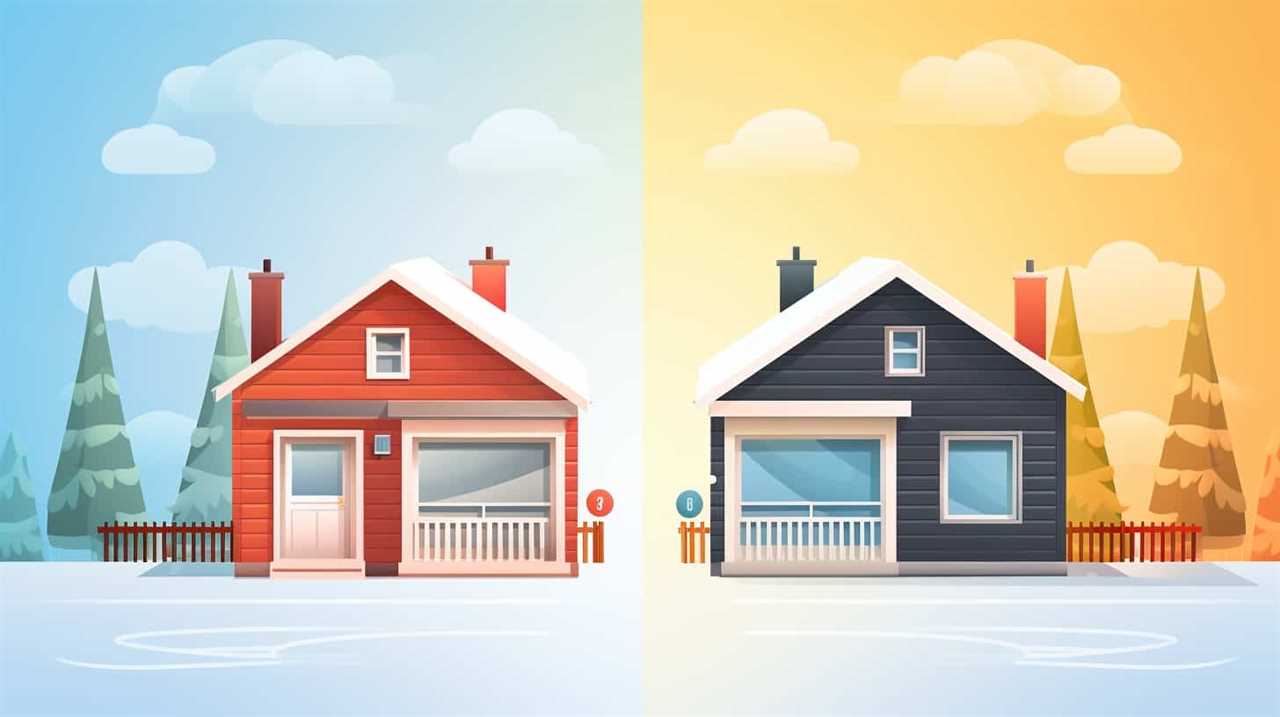
Now, let’s move on to the next section about blocked ventilation ducts, which can also contribute to airflow problems.
Blocked Ventilation Ducts
To properly assess airflow problems, it is important to consider the possibility of blocked ventilation ducts. Airflow obstruction can significantly impact the efficiency and performance of an air conditioning system. One common cause of blocked ventilation ducts is the accumulation of dust, debris, and other particles over time. Regular duct cleaning is crucial to prevent airflow obstructions and maintain optimal system performance.
To help you understand the importance of duct cleaning in preventing airflow problems, consider the following table:
| Airflow Obstruction | Effects |
|---|---|
| Dust and debris accumulation | Reduces airflow, decreases cooling capacity |
| Mold growth | Can cause health issues, reduces air quality |
| Pest infestation | Can block ducts, restrict airflow |
| Damaged ductwork | Leaks, cracks, or bends can hinder airflow |
Insufficient Fan Speed
We can address insufficient fan speed as a potential cause when assessing airflow problems in our air conditioning system. It’s crucial to ensure that the fan speed is properly adjusted to optimize air flow. Here are some key considerations to keep in mind:
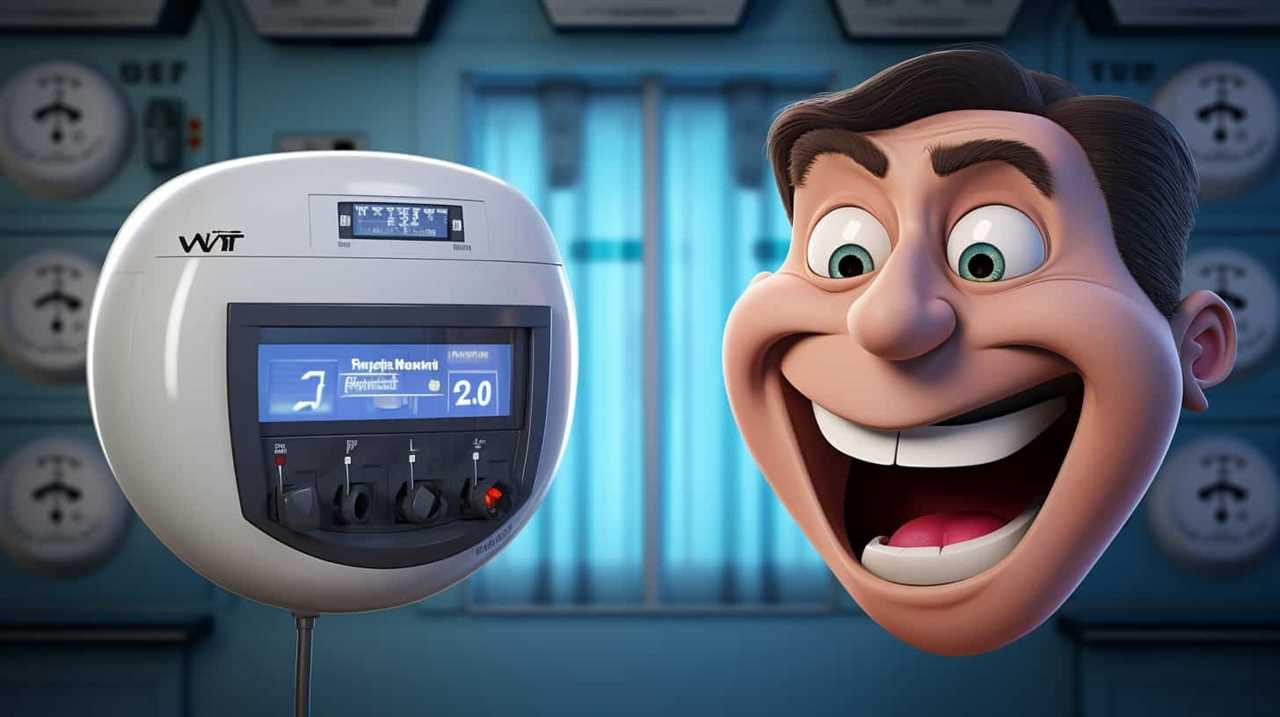
-
Check the fan speed settings: Verify that the fan speed is set to the appropriate level as recommended by the manufacturer. Adjusting it too low can result in insufficient air flow.
-
Clean or replace air filters: Clogged or dirty filters can restrict air flow, causing the fan to work harder and potentially leading to insufficient fan speed. Regularly cleaning or replacing the filters can help optimize air flow.
-
Inspect the fan motor: A faulty fan motor can lead to reduced fan speed. Ensure that the motor is functioning properly and consider replacing it if necessary.
-
Evaluate ductwork: Check for any obstructions or leaks in the ductwork that may hinder air flow. Repairing or sealing these issues can help improve fan speed and overall air flow efficiency.

Identifying Refrigerant Leaks
Let’s start by checking for any refrigerant leaks in the air conditioning system. Detecting leaks early is crucial to prevent further damage and ensure optimal performance. Here are some methods to identify and repair refrigerant leaks:
-
Visual Inspection: Inspect the refrigerant lines, connections, and components for any signs of oil stains, corrosion, or refrigerant residue. These could indicate a leak.
-
Electronic Leak Detectors: Use advanced electronic leak detectors that can sense even the smallest leaks. These devices use a probe to detect refrigerant leaks by sensing changes in electrical conductivity.
-
Dye Test: Add a UV dye to the system, which will circulate with the refrigerant. Use a UV light to locate any areas where the dye is visible, indicating a leak.
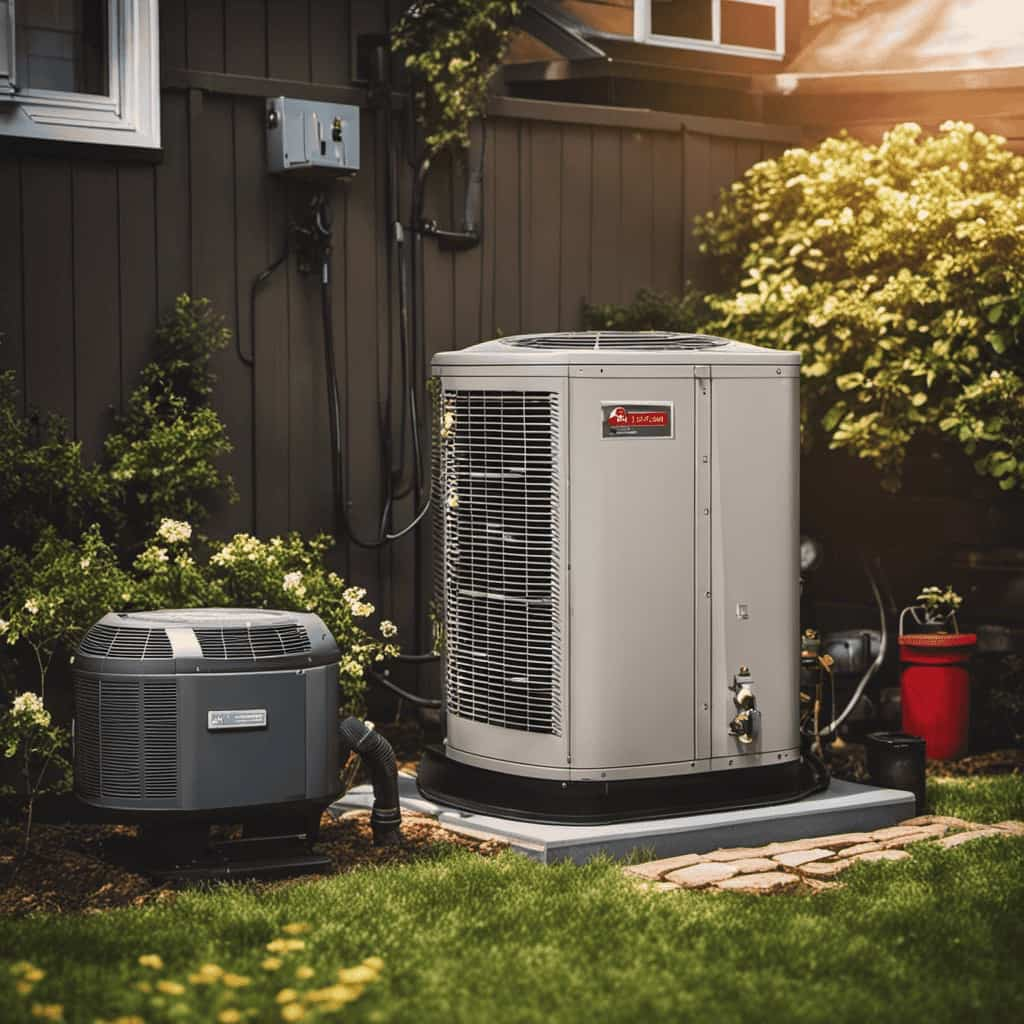
| Method | Advantages |
|---|---|
| Visual Inspection | Quick and easy to perform |
| Electronic Leak Detectors | Highly accurate and sensitive |
| Dye Test | Can identify small leaks, even in hard-to-reach areas |
Once a leak is identified, it is essential to repair it promptly. Depending on the severity and location of the leak, repairs may involve tightening connections, replacing faulty components, or soldering refrigerant lines. Remember to follow safety guidelines and consult a professional if needed. By promptly detecting and repairing refrigerant leaks, you can ensure optimal cooling performance and prolong the lifespan of your air conditioning system.
Troubleshooting Electrical Connections
Our first step is to carefully inspect all electrical connections for any signs of damage or loose connections. When troubleshooting motor issues in an air conditioning system, it’s crucial to ensure that all electrical connections are secure and functioning properly. Here are some key areas to check:
- Inspect the wiring connections at the motor and compressor terminals.
- Look for any signs of frayed or damaged wires that may be causing a short circuit.
- Verify that all electrical connections are tightened securely to prevent any loose connections.
- Check the circuit breakers to ensure they aren’t tripped and provide proper power supply to the system.
By thoroughly examining the electrical connections and addressing any issues found, we can prevent motor problems and ensure the smooth operation of the air conditioning unit.
Now, let’s move on to resolving thermostat malfunctions.

Resolving Thermostat Malfunctions
When diagnosing thermostat malfunctions, it is important to consider potential issues with the wiring and calibration of the device. A common problem is thermostat calibration, which can cause temperature inaccuracies and inefficient cooling. To resolve this, the thermostat may need to be recalibrated or replaced. Calibration involves adjusting the thermostat to accurately reflect the room temperature. If recalibration doesn’t solve the issue, a thermostat replacement may be necessary. It is vital to ensure that the new thermostat is compatible with the HVAC system and properly installed. Here is a table summarizing the steps to resolve thermostat malfunctions:
| Steps to Resolve Thermostat Malfunctions |
|---|
| 1. Check thermostat wiring |
| 2. Recalibrate the thermostat |
| 3. Consider thermostat replacement |
| 4. Ensure compatibility with HVAC system |
| 5. Properly install the new thermostat |
Preventive Maintenance for Heat Pumps
To maintain the optimal performance of our heat pump, it’s essential to schedule regular preventive maintenance. By conducting routine maintenance, we can ensure that our heat pump operates efficiently and effectively, saving us both time and money in the long run.
Here are four important maintenance tasks to keep in mind:
-
Cleaning the outdoor unit: Regularly cleaning the outdoor unit, removing any debris or dirt, is crucial for maximizing heat pump efficiency and preventing any airflow restrictions.
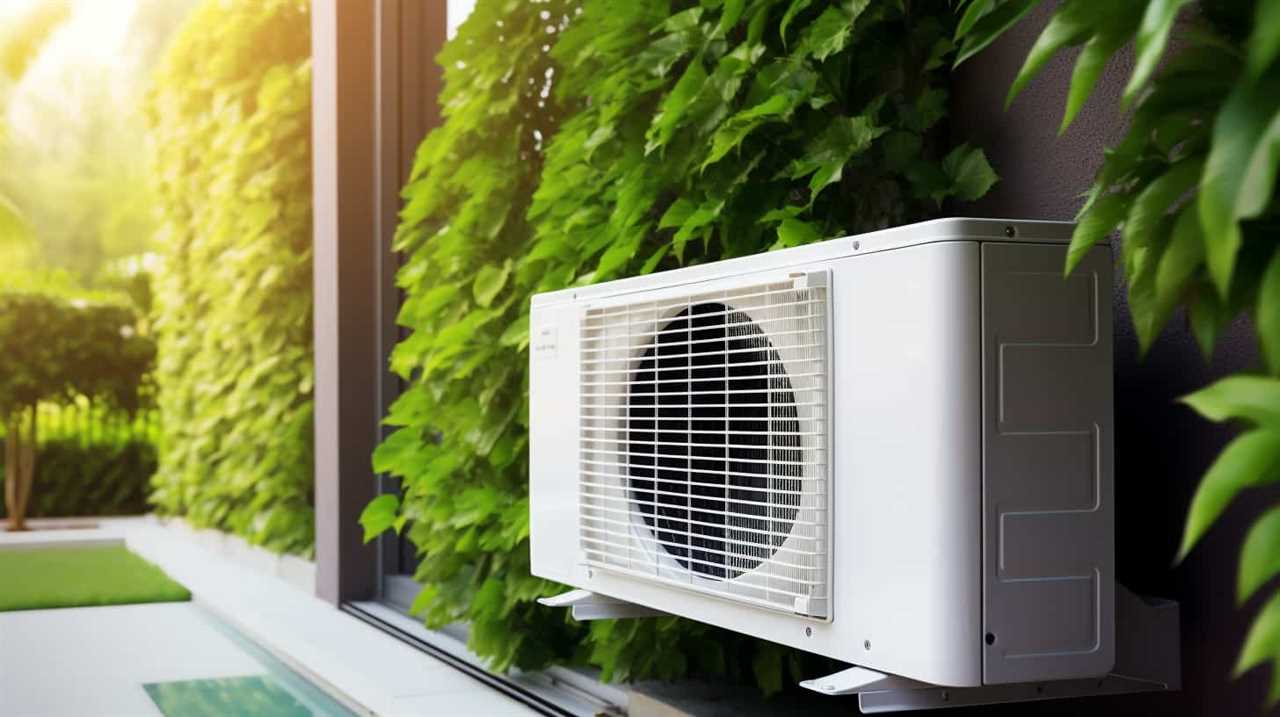
-
Changing air filters: Dirty air filters can reduce the airflow in our heat pump system, leading to decreased efficiency and increased energy consumption. Regularly changing the air filters helps maintain proper airflow and improves overall performance.
-
Inspecting and cleaning coils: Over time, the coils in our heat pump can accumulate dirt and debris, hindering heat transfer and reducing efficiency. Inspecting and cleaning the coils ensures optimal heat exchange and improves system efficiency.
-
Checking refrigerant levels: Low refrigerant levels can put additional strain on our heat pump and decrease its efficiency. Regularly checking and maintaining proper refrigerant levels is essential for optimal performance.
Frequently Asked Questions
How Can I Determine if My Heat Pump Is Experiencing a Refrigerant Leak?
To determine if our heat pump has a refrigerant leak, we can perform refrigerant leak detection tests using specialized equipment. Additionally, we can troubleshoot any thermostat malfunctions that may be causing the issue.
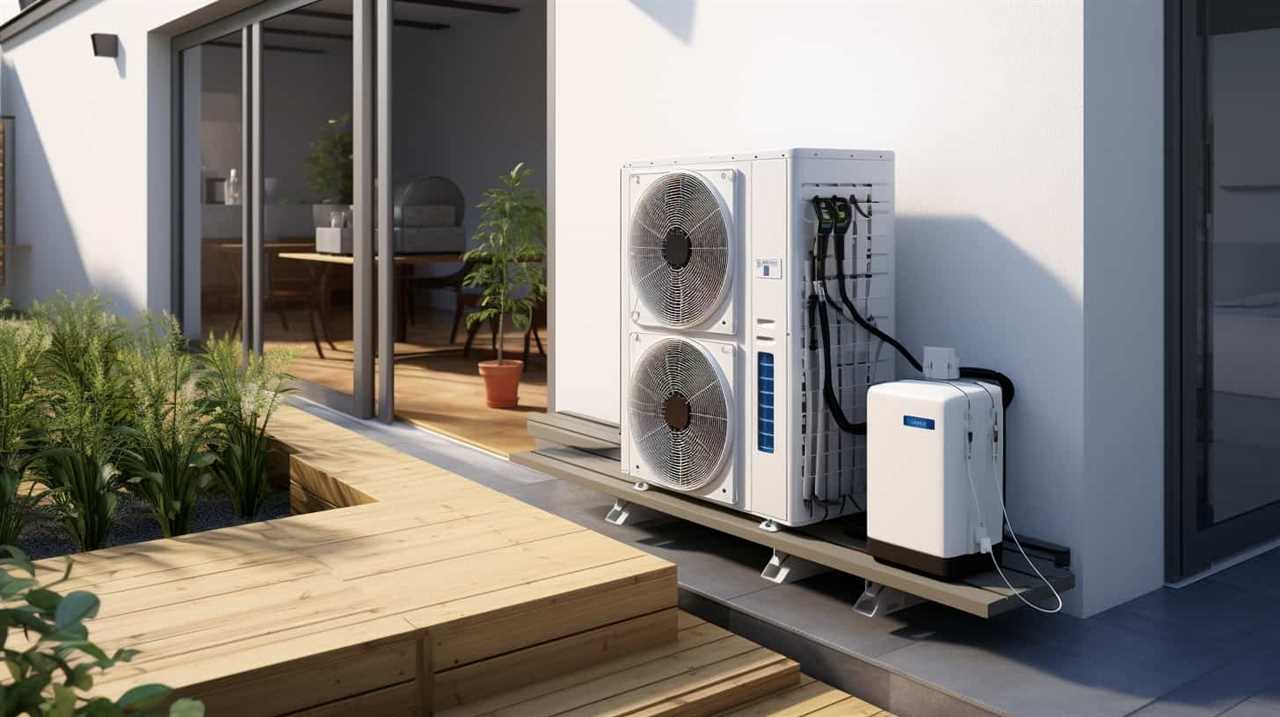
What Are Some Common Signs of Electrical Connection Issues in a Heat Pump?
When troubleshooting electrical issues in a heat pump, common signs of problems include tripped circuit breakers, burnt-out fuses, and loose or damaged wiring. These issues can disrupt the electrical connection and affect the pump’s performance.
Can I Fix Thermostat Malfunctions on My Own, or Do I Need to Call a Professional?
We can troubleshoot common thermostat problems using these tips. However, if we’re unsure or uncomfortable with DIY fixes, it’s best to call a professional to ensure accurate diagnosis and repair.
What Are Some Preventive Maintenance Tasks I Can Perform to Keep My Heat Pump Running Efficiently?
To keep your heat pump running efficiently, we recommend performing preventive maintenance tasks regularly. This includes cleaning or replacing air filters, checking and troubleshooting electrical connections, and scheduling professional inspections and tune-ups.
Are There Any Specific Safety Precautions I Should Take When Troubleshooting Electrical Connections in a Heat Pump?
When troubleshooting electrical connections in a heat pump, it is crucial to follow common safety precautions. Always turn off the power before working on any electrical components. Use insulated tools and wear protective gear to prevent accidents.
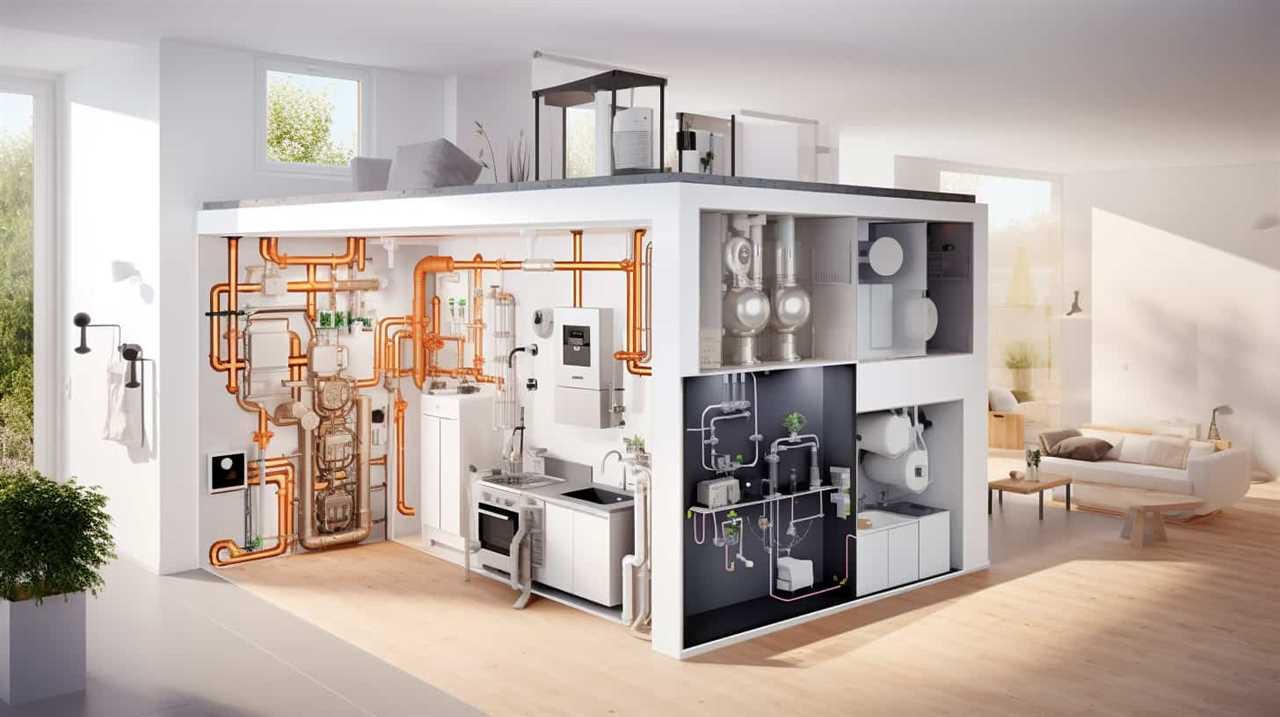
Conclusion
In conclusion, by understanding common heat pump issues and their components, assessing airflow problems, identifying refrigerant leaks, troubleshooting electrical connections, resolving thermostat malfunctions, and practicing preventive maintenance, you can solve most pump problems in just 20 minutes.
So, why wait for your air conditioning to break down when you can take proactive steps to ensure its smooth operation?
Start maintaining your heat pump today and enjoy a comfortably cool environment all year round.








